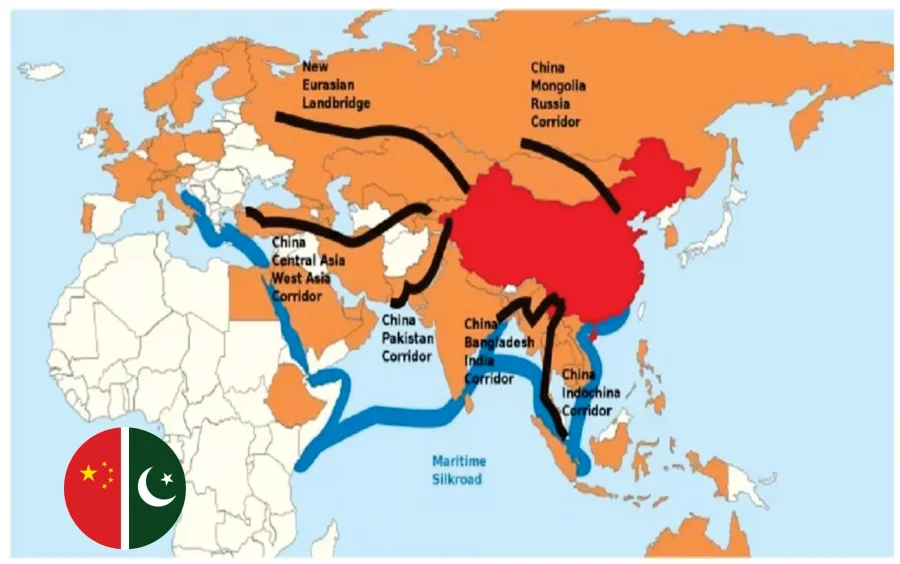CPEC is a keystone for emerging economies. The 3rd Belt and Road Forum for International Cooperation (BRF) will be held in Beijing in October, indicating a significant international interest and participation in this important forum, stating Mao Ning, spokesperson for the Chinese Foreign Ministry, announced that “over 90 countries have officially confirmed their attendance”.
The Belt and Road Forum for International Cooperation (BRF) is, in current times of heightened economic interdependence, global connectivity and common development aspirations, emerging as compelling evidence of the growing global interest and active participation in the Belt and Road Initiative (BRI). The concept of the BRI was initially introduced in 2013 with the objective of fostering infrastructure development, enhancing trade connectivity and promoting economic cooperation spanning continents. Over the years, it has evolved from being a regional endeavour to becoming a truly global initiative, encompassing participation from Asia, Europe, Africa and various other regions.
According to a World Bank report, the implementation of the Belt and Road Initiative (BRI) has led to a 4.1 percent increase in trade among participating countries and a 3.4 percent boost in the Gross Domestic Product (GDP) of low-income nations. Over the period from 2012 to 2021, emerging and developing economies have seen their GDP share rise by 3.6 percentage points, thanks to the advantages offered by the BRI.
Looking ahead, the World Bank’s projections indicate that by 2030, the BRI’s ongoing development will result in annual benefits totalling $1.6 trillion for the global economy, equivalent to 1.3 percent of the world’s GDP. This substantial impact is expected to lift approximately 7.6 million people out of absolute poverty and elevate 32 million individuals out of moderate poverty between 2015 and 2030.
In a recent interview with media, Caretaker Prime Minister Anwaar-ul-Haq Kakar has conveyed his positive outlook regarding the implementation of foreign investment ventures worth $25 billion, originating from Middle Eastern nations, including Saudi Arabia, within the forthcoming two to five years. He reiterated the government’s unwavering commitment to ensuring the safety and security of Chinese personnel engaged in CPEC projects, emphasizing the bipartisan nature of this support.
Nevertheless, he delineated his administration’s strategy for economic overhaul, indicating that the subsequent move would involve privatizing at least two power distribution companies. He asserted that the government intends to establish the groundwork for intermediate-level reforms, encompassing essential changes in the power and taxation domains. According to Kakar, the government is committed to executing pragmatic actions while providing a strategic direction to economic planning. He affirmed that there would be no bias in the upcoming general elections, and all officially, recognized political parties would be afforded an equitable chance to participate.
Beyond only economic benefits, the BRI and CPEC have given Pakistan cause for hope and confidence. It is evidence of the effectiveness of global collaboration and common development objectives. There is a fresh sense of purpose and energy as CPEC moves into its second phase. Pakistan sees a future where there are numerous economic opportunities, thriving businesses and a young, skilled workforce that leads the way.
However, difficulties persist. Priorities continue to include ensuring the benefits of CPEC are distributed fairly, addressing environmental issues and upholding security. However, if everyone works together and is determined, these obstacles can be overcome. The road Pakistan has taken with the BRI and CPEC is one of optimism, tenacity and ambition. It is about a country embracing the possibilities of the twenty-first century and maximizing connectedness and hope for a bright future. The 3rd BRF is a prime example of the spirit of diplomacy in action, as nations come together not in conflict but in cooperation, setting sail for a more enlightened and interconnected world.
Email: Abi186@Yahoo.Com









